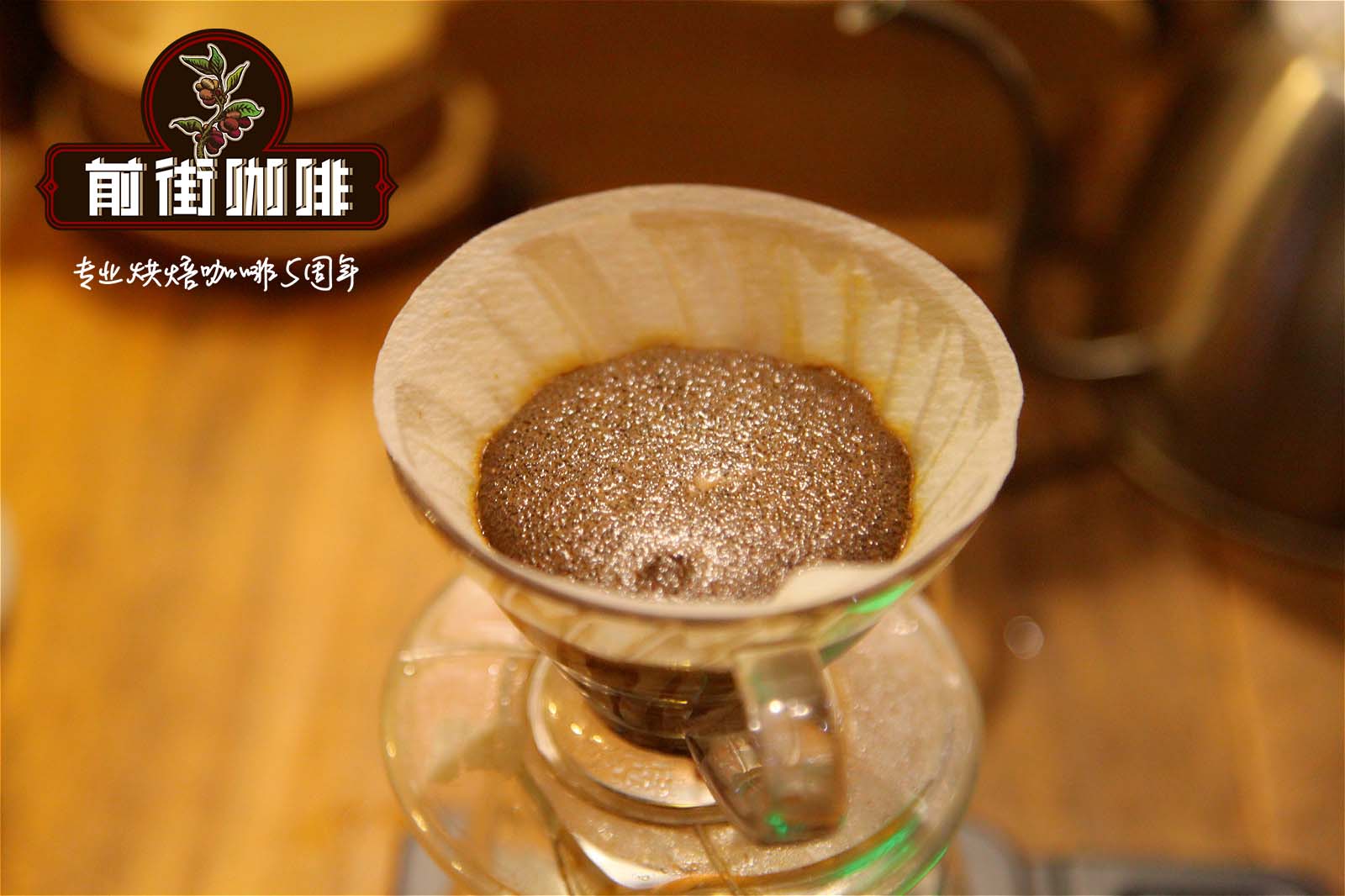Coffee flavor characteristics of JiKaisa processing plant in Guji producing area of Ethiopia. How to make Guji coffee beans

Professional coffee knowledge exchange more coffee bean information please follow the coffee workshop (Wechat official account cafe_style)
Gucci Caesar Guji Jigesa
Guojia: Ethiopia Ethiopia
Producing area: Gujisagiso Guji Shakiso
Class: Grade 1
Treatment method: sun treatment method Natural Process
Variety: Ethiopian native species Ethiopian Heirloom
Sea pull: 1800-1950 meters
Wind: grape, blueberry, pineapple, wine
The village of Jigesa Village in Guji is located in Oromia State in southern Ethiopia, which belongs to Shakiso District district. The Jigesa Washing Station is about 42 kilometers away from Shakiso City.
The GiKaisa Water treatment Plant (Jigesa Washing Station), which began operation in 2014 AD, has coffee cherries provided by 850 registered local farmers, each with a coffee plantation area of 2-5 hectares and an altitude of 1,800 Mel 1950 meters. On the way to the treatment plant, roads were built for farmers to transport, but the Jikesa washing treatment plant, which is located in a more remote area, is 42 kilometers away from the main road.
The harvest period for coffee cherries is from November 1 to January 15 of the following year. The annual output of the processing plant is 8 containers of washed beans and 7 containers of sun-dried beans. The coffee cherries in the JiKaisa water washing plant start with the selection of mature coffee cherries to ensure the high quality of the products. the washed beans are fermented for 36-48 hours, followed by 10-12 days of drying / sun-drying for 15-18 days. all the drying processes are carried out on a high African bedstead, with 3-5 hours of shade protection every day to maintain high quality raw beans.
END
Important Notice :
前街咖啡 FrontStreet Coffee has moved to new addredd:
FrontStreet Coffee Address: 315,Donghua East Road,GuangZhou
Tel:020 38364473
- Prev

St. Philippa Manor pays attention to the cultivation of coffee beans and does the prevention and control of leaf rust three times a year.
Professional coffee knowledge exchange more coffee bean information please follow the coffee workshop (Wechat official account cafe_style) Guatemala [Saint Emerald Lisa Manor] Guatemala, Santa Felisa Estate Guatemala famous coffee estate Santa Felisa (Saint Emerald Lisa) was founded in 1904, is now taken over by the fourth generation of family members Anabella and Antonio. The manor is located in
- Next

Ethiopia Yega Sheffield-Thor processing Plant Coffee growing situation _ good Yega Xuefei recommendation
Professional coffee knowledge exchange more coffee bean information please follow the coffee workshop (Wechat official account cafe_style) Yega Xuefeitol # 0616 Yirgacheffe Tore Lot 0616 country Home: Ethiopia Ethiopia producing area: Yega Xuefetor Village Yirgacheffe Tore Village and other levels: Grade 1 treatment method: washing method Washed Pro
Related
- Detailed explanation of Jadeite planting Land in Panamanian Jadeite Manor introduction to the grading system of Jadeite competitive bidding, Red bid, Green bid and Rose Summer
- Story of Coffee planting in Brenka region of Costa Rica Stonehenge Manor anaerobic heavy honey treatment of flavor mouth
- What's on the barrel of Blue Mountain Coffee beans?
- Can American coffee also pull flowers? How to use hot American style to pull out a good-looking pattern?
- Can you make a cold extract with coffee beans? What is the right proportion for cold-extracted coffee formula?
- Indonesian PWN Gold Mandrine Coffee Origin Features Flavor How to Chong? Mandolin coffee is American.
- A brief introduction to the flavor characteristics of Brazilian yellow bourbon coffee beans
- What is the effect of different water quality on the flavor of cold-extracted coffee? What kind of water is best for brewing coffee?
- Why do you think of Rose Summer whenever you mention Panamanian coffee?
- Introduction to the characteristics of authentic blue mountain coffee bean producing areas? What is the CIB Coffee Authority in Jamaica?

